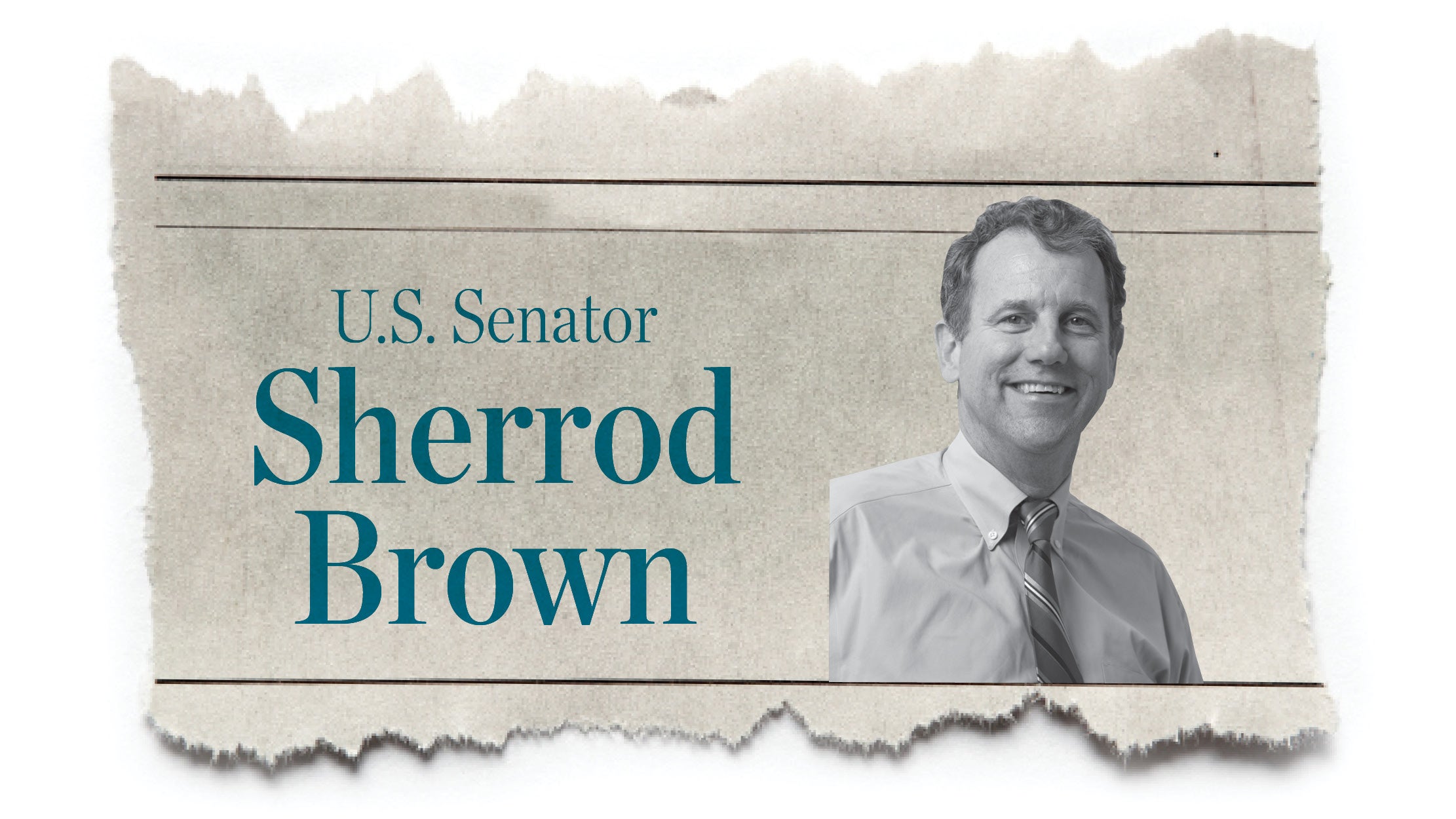Issue 2 plays politics with lives
Published 10:02 am Wednesday, November 2, 2011
As the election is just a short time away, I wanted to write in opposition to Issue 2, a vote to repeal Senate Bill 5 (SB5).
The general public at this point is aware that SB5 was a successful attempt to abolish collective bargaining, or unionizing, in the public sector.
The basis of this abolishment was to balance the budget; analysis has revealed getting rid of collective bargaining to balance the budge is the equivalent of going after the Great Wall of China with an ice pick.
All in all, I would like to share what SB5 means to nursing in the public sector.
Outlawing discussions about safe nurse staffing levels is at the forefront of reasons nurses oppose Senate Bill 5. Research shows that patient outcomes are directly linked to the amount of nursing care patients receive while in the hospital.
We would all like to believe that health care employers use such research in making nurse staffing determinations. Yet, more than any other issue, unionized nurses find themselves addressing substandard and unsafe staffing levels in the bargaining process.
As it relates to nurses, “staffing” is a difficult word to define because so many variables are at play. The number of nurses assigned to patients during a given shift is certainly part of it, though not all or even most of what comprises staffing.
All the patients must be periodically assessed by their caregivers to determine acuity, or how sick the patients are.
The acuity must then be matched to the skill and experience level of the nurses on a given shift. The design of the patient care area and the ease with which nurses can deliver care should also be factored into staffing decisions.
The concept of staffing can best be understood by putting oneself on the receiving end of nursing care. As a patient, I want to know that my nurse has the skills and expertise to care for my condition; else fluctuations in my condition might be overlooked or missed altogether.
In most cases, I am not the only patient on my nurse’s assignment. I want to make sure that there are not too many other patients, however, because that means my nurse does not have adequate time to spend at my bedside giving me the care I need to heal.
As cost pressures continue to press down on the health care industry, the unfortunate reality is that nurses are asked to take on more patients with fewer resources.
Whether health care is delivered in a public or private sector institution, it is vital that the nurses who deliver care have the right to address safe staffing practices. And the standard of care in one facility impacts the standards in the surrounding health care market.
This is only one of the multitudes of problems SB5 promises for public sector nurses. It is so easy to get pulled into the rhetoric, but it is dangerous to rely on commercials as our sole source of information.
Nurses rely on bargaining rights to advocate for safe staffing practices. Silencing these patient advocates is a dangerous proposition that will do nothing to improve health care delivery in our state.
Although I have never worked as a nurse in a collective bargaining hospital, I write this letter in opposition to SB5 because it affects all nurses.
The rationale for the bill was to balance the budge and the bill does not.
Nurses have an ethical obligation to advocate for the patient and to have knowledge of the wellbeing of the community.
It is my personal belief that given the current economic environment the middle class of our community cannot withstand much more of a burden.
I am against SB5; I am against Issue 2; I am against politics played at the patient’s bedside.
Brennon E. Giles, MS, CNP serves on the Board Of Directors of the The Ohio Nurses Association.





